Press KIt Images

Aritfact: Lockport Captstone
Photo Credit: New York State Museum
Caption: On August 24, 1825, a large ceremony was held to honor the completion of the Lockport flight. This is one of two capstones ceremoniously placed into the structure of the flight that day. It reads: “The Erie Canal 362 Miles In Length Was commenced the 4th Of July 1817 and Completed In The Year 1825 at an expense Of About $7,000,000 and was constructed exclusively by the CITIZENS Of the STATE of NEW YORK.”
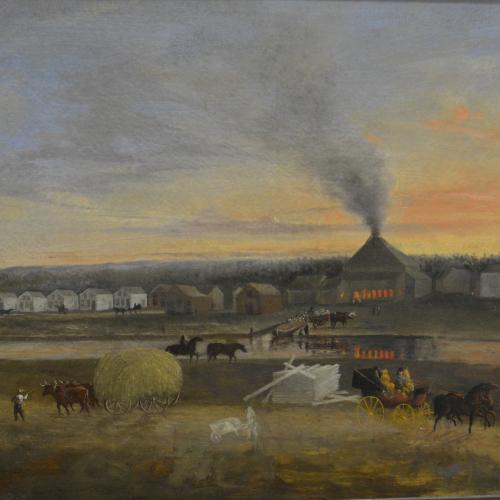
Artifact: Durhamville Glassworks, unknown artist, mid-19th century
Photo Credit: New York State Museum
Caption: The Durhamville Glassworks, specializing in window panes, opened around 1845 and operated until 1905. This area of Oneida County had several glassworks that used large quantities of sand shipped on the Erie Canal.
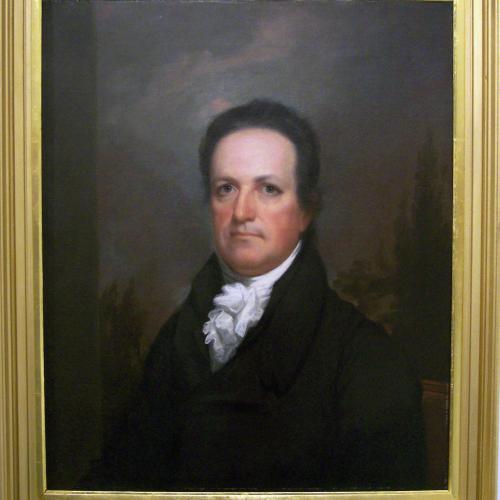
Artifact: DeWitt Clinton Portrait, attributed to John Wesley Jarvis, ca. 1816
Photo Credit: New York State Museum
Caption: Clinton’s political experience and connections played a large role in the Erie Canal. The project was derided as “Clinton’s Ditch” and “Clinton’s Folly” by his political enemies until the tremendous success of the canal won over public sentiment. He became known as the “Father of the Erie Canal.”
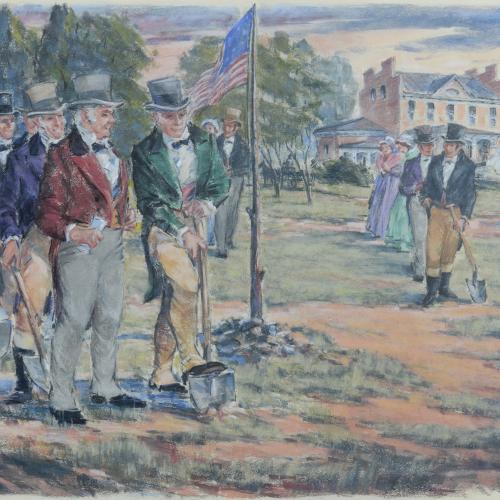
Artifact: Ground-Breaking Ceremony by J. Erwin Porter, ca. 1960
Photo Credit: New York State Museum
Caption: The first shovel of dirt was ceremoniously overturned outside of Rome on July 4, 1817. Over the next eight years, engineers, surveyors, contractors, and laborers with little or no experience overcame immense obstacles to build the Erie Canal.
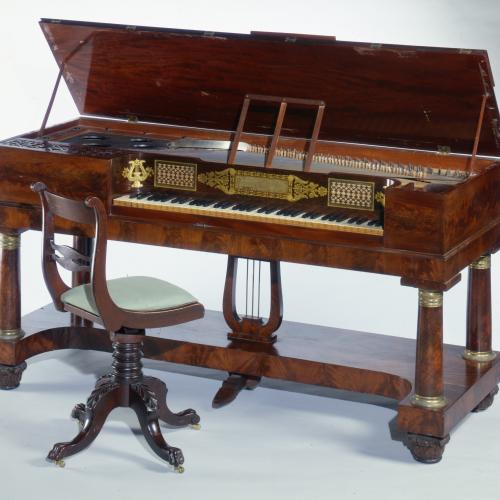
Artifact: Square piano, Robert and William Nunns, New York City, ca. 1825.
Caption: In 1825 the Wardlaw family of Palmyra, Wayne County, purchased this piano for their house on the banks of the Erie Canal. The ornate piano was a true luxury that would have cost a fortune to ship prior to the canal.
Credit: New York State Museum
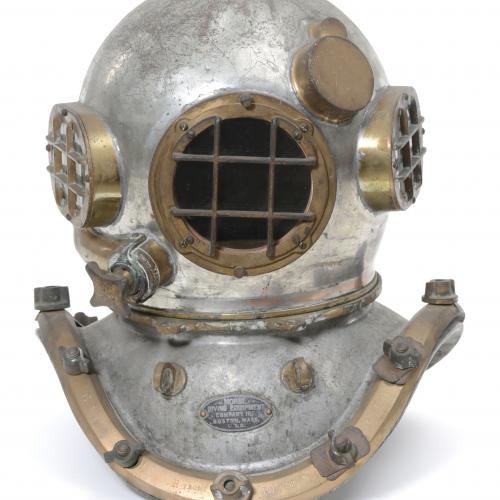
Artifact: Diver’s helmet, ca. 1945.
Caption: B. T. Sweeney, a former canal section superintendent stationed in Utica, wore this diving helmet for inspections and repairs between 1946 and 1958. The complete diving suit and accompanying equipment are in the collections of the State Museum.
Credit: New York State Museum
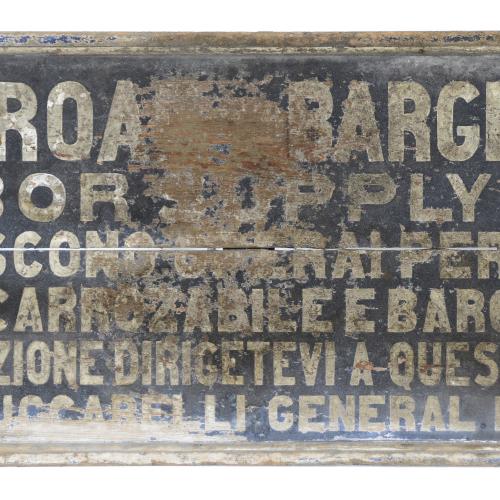
Artifact: Barge canal labor sign, ca. 1910.
Caption: Written in Italian, this sign is a job advertisement for work on the barge canal. The sign was found in a barn near Utica, where a large number of Italian immigrants found employment on the canal and subsequently stayed. Translated, it reads: “Workers for road work and barge canal work are provided. For information go to the office of John Zuccarelli, General Manager.”
Credit: New York State Museum







